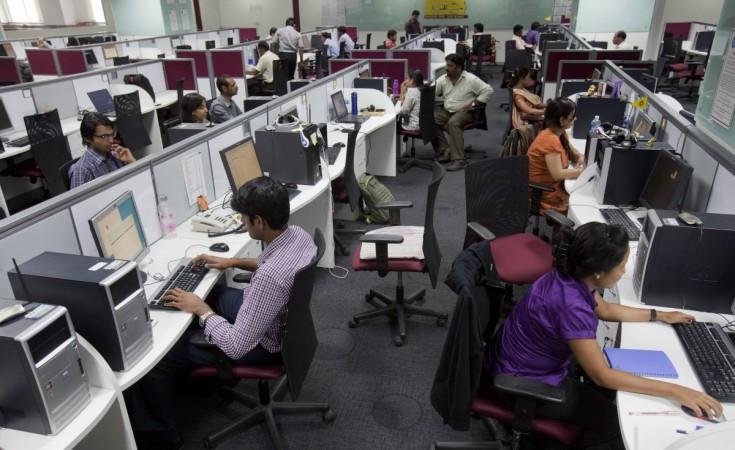
The Narendra Modi government's demonetisation initiative towards a cashless economy is expected to have a far reaching impact on the country's IT infrastructure as it calls for greater focus on various deciding factors. What makes the vision of a digital India more promising is a steady growth in areas like cloud computing, internet of things (IoT) and broadband penetration, which will generate a huge demand for a strong IT infrastructure.
With the emergence of new-age technologies, the IT infrastructure market, including enterprise networking equipment, storage and servers has witnessed significant growth over the last few years. A new report from Gartner said on Thursday that spending on IT infrastructure in India will reach $2.2 billion in 2017, a 1.5 percent increasing from 2016, as Indian enterprises continue to focus on optimising their infrastructure and operations budget.
Gartner believes that enterprise networking will remain the biggest segment within the Indian IT infrastructure market, with its revenue expected to reach $1.1 billion in 2017. According to the market research firm, enterprises are putting more effort in building digital workplaces that enable new, more effective ways of working to raise employee engagement and agility.
"Digital transformation is bringing in new sets of challenges and opportunities for Indian infrastructure leaders," Naveen Mishra, research director at Gartner, said in a statement. "They have the unique opportunity of being at the helm of this shift within their organization, provided they align with the imperatives of the digital world. Modern, lean, agile and secure infrastructure is the business need."
Take a look at IT infrastructure spending in India by segment:
India's IT infrastructure is predicted to be the driving force for the real business value across industries and geographies as both small and medium enterprises now have access to top-notch tech solutions that have become highly affordable.
With SMEs increasingly adopting mobile-driven and cloud-based solutions for their growth, demand for mobile devices, computers, Internet connectivity, networking equipment and storage has also soared significantly.
"With a revenue projection of $352 million in 2017, storage investment will witness a small increase primarily driven by technology alternatives such as SDS, and flash based storage coupled with continued focus on SAN based storage," Mishra added.















